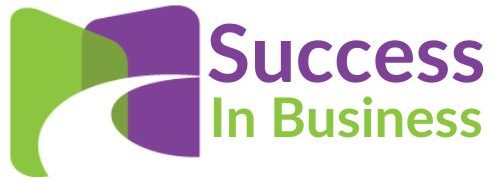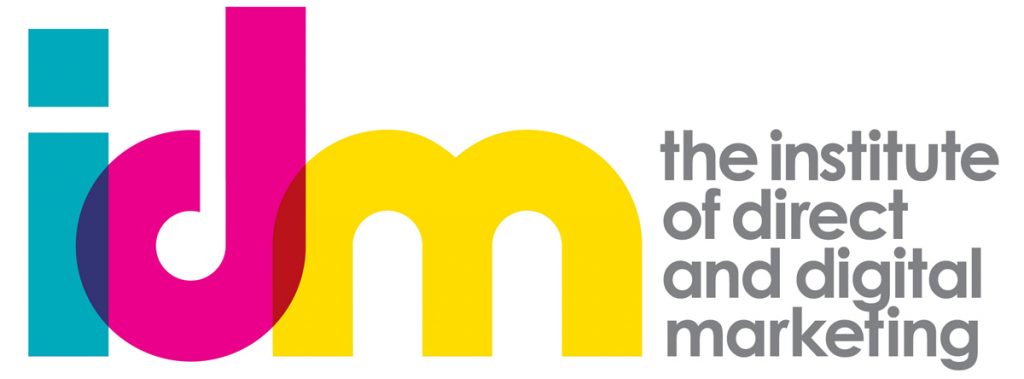What is CRM
When we discuss CRM, we often refer to specific CRM Database Applications like ZOHO, Hubspot, Salesforce, Microsoft Dynamics, and others. These are all practical CRM tools, which I will delve into in a separate blog, discussing their relevance and application in the business world. Other popular CRM tools include Oracle, SAP, and SugarCRM, each with unique features and benefits.
Let’s embark on a journey back to the 1980s when Martha Rogers and Don Peppers revolutionized the business landscape with their pioneering concept of CRM. They didn’t just introduce a term; they sparked a paradigm shift in business strategies, paving the way for one-to-one marketing. Their profound analysis forms the bedrock of CRM, which we will explore in depth in the following blog, inspiring you to rethink your approach to client relationships.
At the Core of every thriving business lie robust client relationships. Without clients, a company is merely a pastime. The future of your business hinges on the success of these relationships. This blog is a dedicated resource to help you understand and master the art of managing client relationships, underlining their critical role in your business’s success.
What is a Client
It may be counterintuitive, but not all organizations with which you do business are clients with whom you want to have a relationship.
A client is an organization or individual that adds value to your business or one that you know (that is, you have found out) could add value to it in the future. Most companies serve organizations that are not clients because they don’t add value. Sometimes, businesses do this because they add prestige and are a marketing expense.
Most businesses are also unclear about which organizations are clients and which are not. They are even unclear about which of their clients are still clients and which have become the clients of their competitors. How long would it take to know that an organization had stopped doing business with you and started doing business with someone else – six months, a year, never?
What is a Relationship
Business relationships are professional, so we think they should differ from emotional personal relationships. But this needs to be corrected. Relationships always happen between people, driven by emotions that they rationalize by logic. There are thirty-five types of these relationships, but some are inappropriate to the business setting.
However, we can broadly classify relationships into those that are valuable and those that are toxic.
Valuable Relationships
Valuable relationships are balanced because both parties are equal in giving and taking, and there is commitment and accountability between both parties. For instance, a valuable relationship could be a long-term partnership with a supplier who consistently delivers high-quality products. On the other hand, a toxic relationship could be a client who constantly demands discounts and special treatment without providing significant business.
Toxic Relationships
It is interesting to think of these in more detail as they represent so many of the relationships that I have seen go wrong over the years, and businesses should be wary of
- Codependency occurs when the business takes on the client’s perspective to such an extent that it loses touch with why it is in business. This is often the case with clients who offer huge turnover but little value—prestige clients.
- Disconnected – lack of communication or meeting of needs
- Active/Passive – one side is active while the other sits back – especially true in communications
- Dominating – controlling behavior where one party dominates the other
Businesses should seriously consider whether these relationships are the ones they want and add value or would be better off without them.
How should Client Relationships be Managed?
In most cases, CRM systems are purchased to manage the sales process. However, if by CRM we mean the Management of Client Relationships, these happen across the business. For example, a great client relationship can be destroyed very quickly by incorrect invoicing. So CRM is also about the relationships across departments. Businesses must also track and manage client interactions, ensuring that all departments have the information necessary to provide excellent service.
Above, I indicated that client relationships also determine the business’s future success, which needs to be aligned with its strategic goals. There is a sister concept to Customer Relationship Management—Business Relationship Management. But I believe these are identical twins.
So, managing those relationships becomes very problematic unless the business alignes client Relationships with those of the business stakeholders (employees, for example), partners, and even suppliers.
Business Relationship Management is about:
- A deep understanding of the business objectives, e.g., who we can serve, will add value to the business.
- Cross-departmental collaboration facilitates clear communication across departments and between the business and its clients.
- Nurturing and building relationships across departments and with business clients
- Promoting value management by shaping demand and identifying opportunities to optimize the value of client relationships
- Having an instrumental influence on Business Strategy.
These are among the key objectives of effective Client Relationship Management: cross-department, strategic, and personal.
About People, not Software
Since I started my business implementing ZOHO Software, I have always kept in mind that these are excellent tools but just tools. The precious aspect of CRM is managing the Relationships your business has with its Clients.
If I can help, please contact me at nick@successinbusiness.co.uk or call me 07983784816. I’m always happy to discuss CRM strategies and share my experiences in managing client relationships.
.


